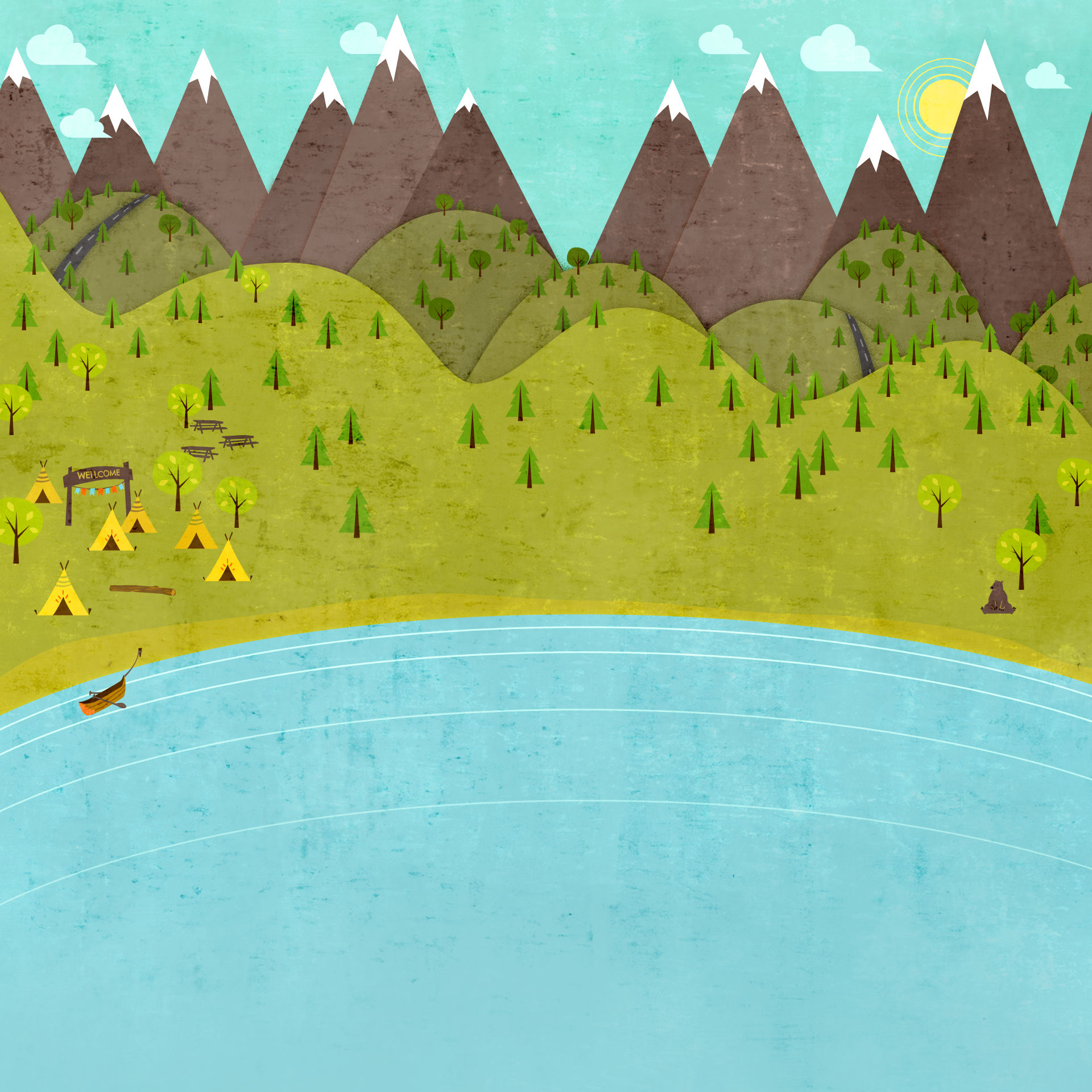

Into the Tushars
Beaver, UT
Since 1856

Fish Creek
October 7, 2016
I will be putting the lid on my pen for the season after this article, but have really enjoyed writing “Into the Tushars” for two hiking seasons. I have received lots of positive feedback and I thank the Beaver Journal for it’s support. My goal is to get people out into the forest to use the hiking trail system that we maintain as the U.S. Forest Service Recreation staff. I especially want to guide our youth to these trailheads, most are accessible by passenger car, so they can develop a love for the outdoors while getting the physical exercise lacking in our society today. Utah is a fantastic place to live for natural beauty, diverse landscapes and oodles of public lands. The Tushar Mountains mean a lot to me and the resources and opportunities they provide us just a few miles from town are as good as anywhere. So get out and enjoy them!
Remember a few articles back when I mentioned a mining era hydro-electric plant in Fish Creek? Well, this week’s hike takes advantage of the power pole’s efficient route from Fish Creek southwesterly towards North Creek. A section of that line ran between Indian Creek and North Fork of North Creek over a low saddle, revealing how close the head’s of these two canyons are. You can hike from either canyon for 2.2 miles and be at the stream bed in the other drainage. Here and there along the route you can see power poles cut off close to the ground and busted pieces of ceramic insulators. You will also see mounds of dirt piled up from when they closed this route to motorized travel, called obliterations. Many are hard to even recognize because over time, the forest and erosion will always win. I shouldn’t really even call this a trail in the condition it’s in, but it is a “route” and will give you practice in navigation, paying attention to direction and the lay of the land. Because a historic service road ran up one side of this route and down the next, it’s difficult to get lost if you pay attention to old cut log ends and the rutted old road bed. I have also tied pink flagging along they way for reassurance markers and now that the aspens have lost their leaves, visibility to navigate your way through the wild forest is easy. Wear sturdy boots and use a walking stick because you have to high-step over tons of logs and duck under a dozen obstacles (perfect training for a football team or a pro-boxer!). The cows and big game animals have really done most of the route finding here and if you watch for their tracks, you get a sense of how they pick the path of least resistance through clearings on efficient grades. Don’t try this hike in the dark, it really is an exercise in route finding through careful observation.
To start in North Creek, turn north on 1200 east in Beaver (North Creek Rd.) and stay on the asphalt as long as possible into the North Fork of North Creek. Then at the Forest boundary, reset your odometer and travel 5.3 miles on F. R. 591. (Cars can make it up 591, but trucks are advised). You will have just forded the stream for the 9th time just past the “swamps” where you park and begin hiking north up a draw with an ATV barrier. The high point at the saddle is 1.0 miles away. All downhill after that! To begin from Indian Creek, drive up canyon approximately 5 miles beyond the US Forest Service boundary where forest road 119 crosses the stream for the last time (crossing to the north side of stream) and reset your odometer. Travel 3\4 more miles to a huge clearing with a popular campsite, park here and look for an old road leaving the southwest side of this camp, heading south towards the stream. You’re at the right spot if you see an ATV barrier right at the stream bank. It’s about an hour hike from here over to North Fork of North Creek, 2.2 miles away. If any old timers know where this power line terminated, I would love to hear from you. (801-243-0095) Until next year, go bushwackin “Into the Tushars”!

